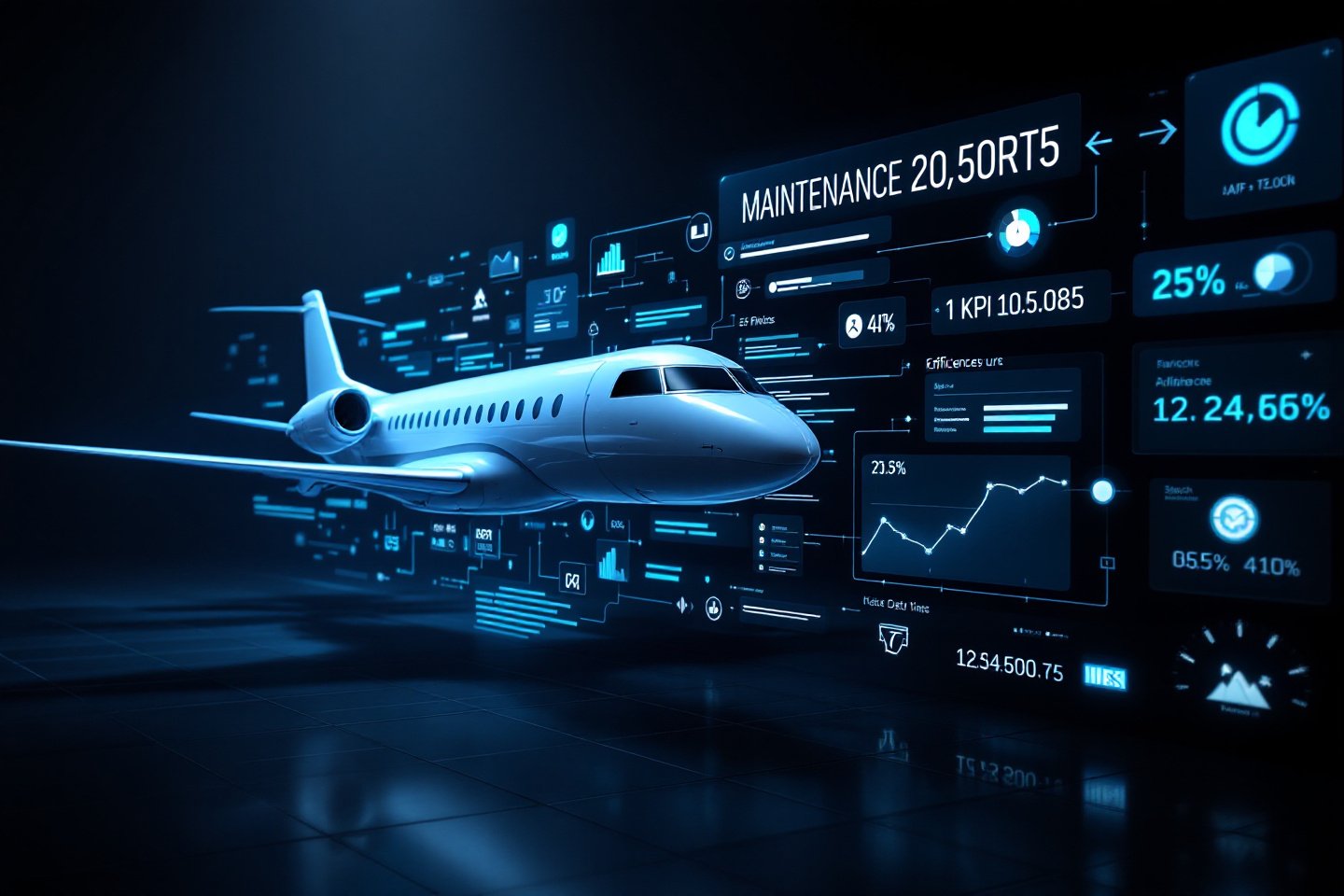
Virtual reality (VR) training modules
Elevate your MRO workforce's skills with immersive VR/AR training modules, designed for impactful learning and enhanced operational proficiency
Immerses a user in a computer-generated environment
Allows users to interact and experience a different reality
Tracks user's movements with the use of a VR headset
Displays the virtual environment in 3D
Create an attractive work environment for the next generation…
Enhanced Learning
Increased Safety
Cost-effective
Improved Collaboration
Improved Customer Experience
Entertainment
Features
Speed up training and reduce training costs
Increase retention of complex procedures
Retain tribal knowledge and share best practices cross-functionally
Accelerate learning curves with interactive simulations
Mitigate risk of aging staff and retirements
Optimize time of more senior staff
Reduce risk of errors & accidents
Standardize processes for equipment and repair management
Facing any of these Challenges?
Pain Points
Lengthy Technician Training and Certification:
MROs face extended training periods for new technicians. On average, it can take approximately 300 hours of on-the-job training, equivalent to around six months, for a technician to qualify and specialize in one specific part number, enabling them to tag parts as "airworthy." These lengthy training requirements can lead to delays in fully staffing and certifying technicians for critical roles, affecting operational efficiency and workforce productivity.
Skilled Workforce Shortages and Competitive Job Market:
MROs face significant challenges in finding and retaining skilled and certified technicians, exacerbated by the retirement of experienced personnel. The current job market, marked by labor shortages caused by the pandemic and the shift to remote work, has made mechanic jobs highly competitive. Employee value propositions have become increasingly competitive, and the aerospace industry has not fully adapted to these changes, making it difficult for MROs to attract and retain top talent.
Dependency on Tribal Knowledge and Aging Workforce:
The aerospace industry heavily relies on tribal knowledge, where critical information and expertise are passed down informally. With approximately 30% of the workforce nearing retirement and the average age of mechanics at 51 years old, with 27% aged 64 or older, there is a looming challenge of losing essential knowledge and skills as experienced workers exit the industry. This poses a significant risk to operational continuity and knowledge transfer within MROs.
Solutions
To address the challenge of lengthy technician training and certification, MROs can consider implementing digital training platforms and e-learning modules to accelerate the learning process. These platforms can provide interactive and self-paced training, enabling technicians to learn at their own speed. Utilize simulation and VR technology to create realistic training scenarios that mimic real-world repair situations. This immersive training can significantly reduce the time required for hands-on experience.
Create an employee value proposition that attracts the next generation of talent. Consider performance-based incentives to reward excellence. Develop comprehensive training programs and partnerships with technical schools to upskill existing employees and attract new talent. Offer opportunities for certification and career advancement. Create shopfloor gamification of performance management. Leverage advanced technology and automation to enhance the efficiency of technicians' work, reducing the physical demands and increasing job satisfaction.
To address the challenge of dependency on tribal knowledge and an aging workforce, MROs can establish formal processes for capturing and transferring tribal knowledge. Document retiring workers' expertise, best practices, and lessons learned. Develop mentorship and apprenticeship programs that pair experienced technicians with younger workers. Create digital knowledge repositories where critical information, manuals, and procedures are stored and easily accessible to all employees. Implement advanced search capabilities to quickly find relevant information. Provide incentives for employees to contribute to knowledge-sharing initiatives.




